Skin Care
The Glow-Boosting Power of Lemon For Your Skin
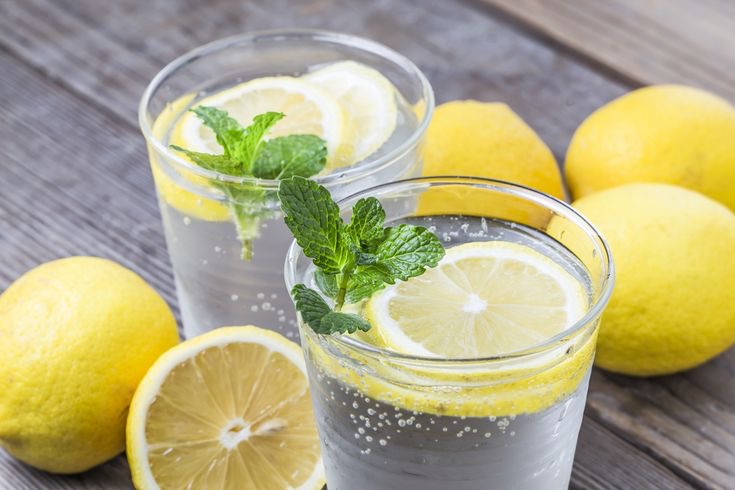
Do you know the solution to brighter, glowing skin could be right in your fridge? Yes you read that well. Those lemons sitting in your kitchen could be the key to a healthy skin. Lemon juice has a variety of skin benefits, whether you’re drinking it in warm water or using it in your DIY facial mask. It has high vitamin C and acidic properties that act as a natural brightener, fading dark spots, reducing inflammation on the skin. It also act as an exfoliant and when sipping it with warm water, it helps in detoxification, cleansing your gut thereby making your skin glow and look healthy.
Lemon can be used in many ways and it’s quite affordable too, but how exactly does it work? And more importantly, is it safe to use on your skin?
Why Lemon Is Good for Skin

Lemon has antimicrobial properties that inhibits the growth of a bacteria “Propionibacterium acnes” causing inflammatory acne. It also contains antioxidants that supports collagen production. Collagen is a protein that naturally breaks down as you age, which can result in fine lines and wrinkles. So the antioxidants prevent free radicals responsible for damaging collagen, leaving your skin free of wrinkles.
In short, lemon can;
- Brighten the skin
- Fade dark spots
- Gently exfoliate
- Reduce oiliness
- Unclog pores
- Evens out skin tone
Ways to Use Lemon For a Healthy Skin
Here are some DIY home remedies that you can add to your routine.
Lemon Juice and Rose Water Toner (Diluted)
Add a few drops of lemon juice to rose water, using a cotton swap, gently dap on oily areas like the T-zones. It helps to balance oil and tighten pores
Lemon and Aloe Vera Gel

Mix 1 table spoon of aloe vera gel with few drops of lemon juice. Apply on clean skin, leave for few minutes then rinse off. Always apply moisturizer afterwards. Aloe Vera hydrates the skim while lemon brightens the skin.
Lemon and Sugar Scrub
Mix lemon juice with sugar and a few drops of olive oil to create a scrub that exfoliates dead skin. Use it on knees, elbows, or even your back if you deal with body acne. It’s best to use this scrub for the body and not on your face.
Do this once every week.
Lemon Water for Internal Glow

Glowing skin is not just about what you apply on your face, it also includes what you put in your body. Start your day by putting two slices of lemon in warm water, let it sit for few minutes before drinking. It helps flush out toxins and keep your skin hydrated from within.
Is Lemon Safe for Everyone?
What most people fail to realize is that lemon is acidic. That means if it’s used undiluted or too often, it can cause skin sensitivity, dryness, and even sunburn.
If you’re going to use lemon juice on your face:
• Always dilute it with water, honey, or aloe vera gel.
• Use it at night, not in the daytime.
• Wear sunscreen the next day.
• Do a patch test first.
Also, avoid using lemon on broken skin, fresh pimples, or if you’re already using chemical exfoliants like salicylic acid.
Final Thoughts
When used the right way, lemon has so many skin benefits.
Remember: a little goes a long way. Be gentle, be consistent, and always listen to your skin.
What DIY would you be trying out with lemon?
Skin Care
Best Sunscreens for Every Skin Type

Sunscreen rarely makes it onto the average Nigerian skincare list. We think cleanser, maybe moisturizer, but SPF hardly ever makes the cut. Many still assume darker skin doesn’t need sun protection. Unfortunately, that’s a myth. The sun spares no one, and UV rays can dull your glow, darken spots, and speed up ageing.
We live under a sun that can roast corn by noon, so skipping sunscreen is not a show of strength; it is self-sabotage. Thankfully, formulas have improved. There’s now an SPF for every skin type, and most blend beautifully on deeper tones without leaving that ghostly finish. Here’s how to find one that truly works for you.
For Oily Skin: Keep It Light and Matte
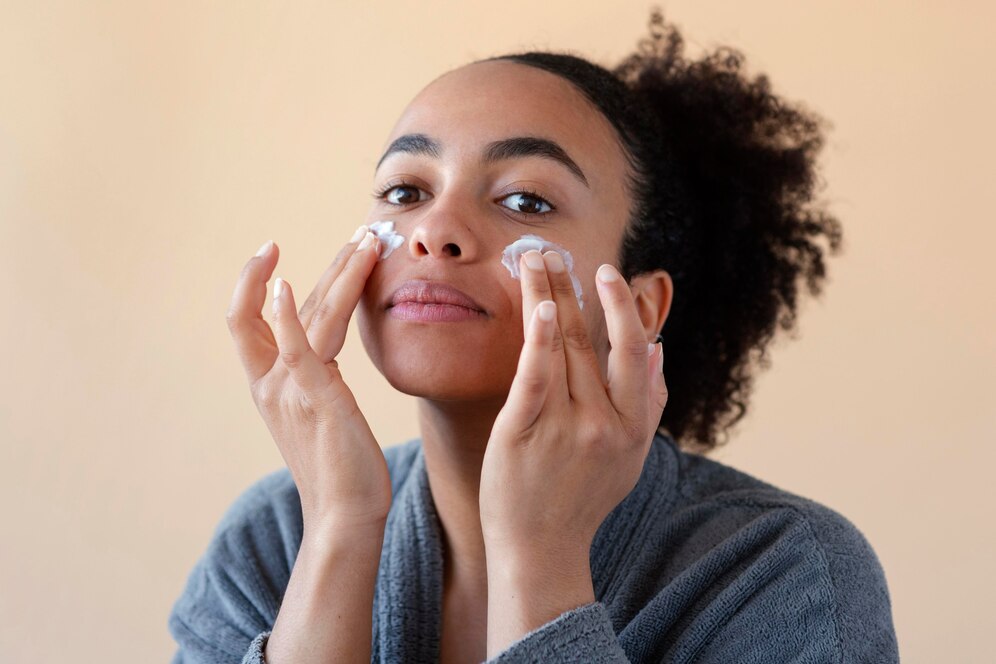
Oily skin and Lagos humidity are a risky combination. The trick is to pick a sunscreen that keeps you protected without adding extra shine. Lightweight, gel-based formulas are best. They dry fast, feel weightless, and help control oil throughout the day.
Look for products labelled oil free, mattifying, or niacinamide infused. They’ll give your skin a clean, smooth finish without clogging pores.
Tip: Keep blotting paper in your bag. The heat will always test you, so stay ready.
For Dry Skin: Think Moisture First
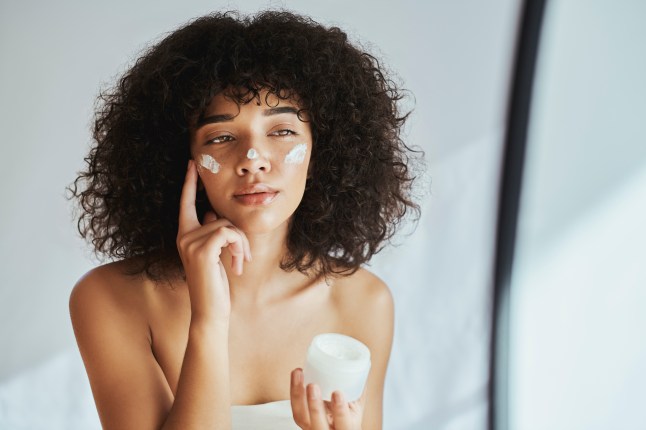
If your skin feels tight or flaky, creamy sunscreens are your best bet. Choose formulas with hydrating ingredients such as shea butter, glycerin, or hyaluronic acid. They protect your skin while locking in moisture, leaving it soft and comfortable instead of parched.
For best results, apply your moisturizer first, wait a few minutes, and then follow with sunscreen. It goes on evenly and lasts longer.
For Combination Skin: Aim for Balance
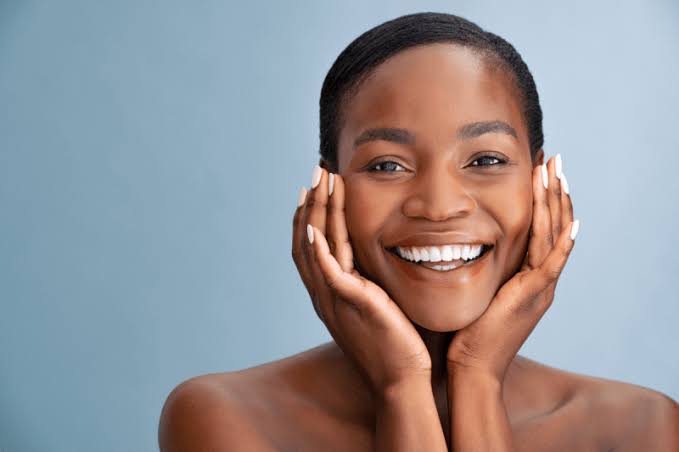
Combination skin means oily in some areas and dry in others, so balance is everything. A gel cream sunscreen works well; it is light enough for the T-zone, yet hydrating enough for the cheeks.
Go for non-comedogenic products that won’t clog pores or cause breakouts. The right texture should leave your skin feeling fresh, not sticky.
For Sensitive Skin: Gentle Does It

If your skin reacts easily, stick with mineral sunscreens containing zinc oxide or titanium dioxide. They sit on top of the skin instead of sinking in, which reduces the risk of irritation.
Fragrance-free formulas are safest. And if you notice ingredients like aloe vera or green tea on the label, even better; they help soothe and calm the skin after sun exposure.
For Dark Skin: No White Cast Allowed
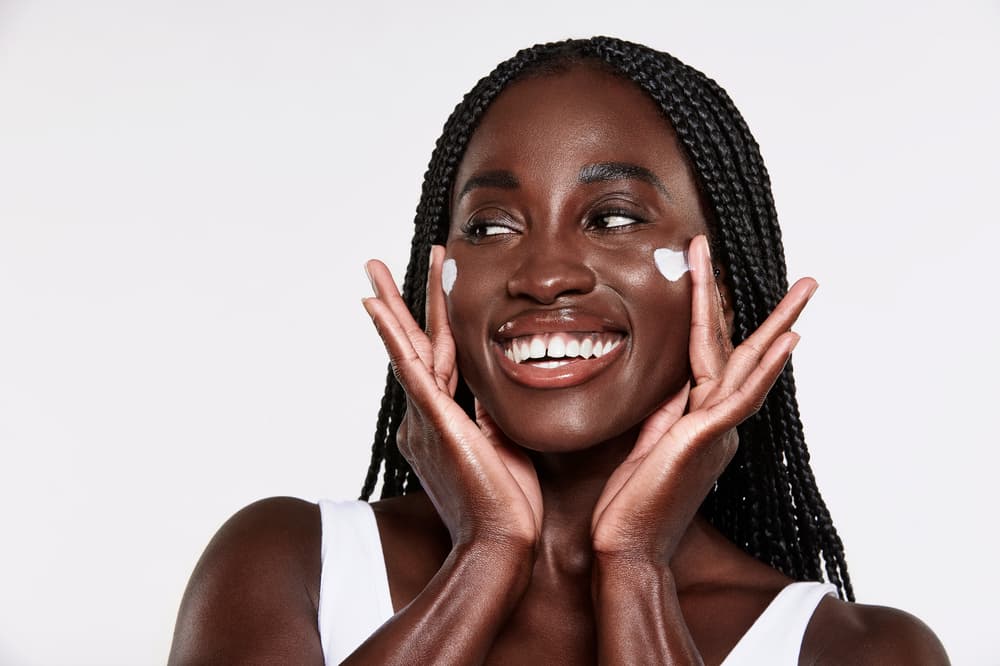
Many people with darker skin tones have given up on sunscreen because of that chalky residue. But newer formulas now melt seamlessly into melanin-rich skin without dulling your complexion.
Look out for labels that say invisible finish, clear, or tinted. Gel or serum based sunscreens tend to blend best, leaving your skin with a healthy, natural sheen rather than an ashy film.
For Outdoor Lifestyles: Sweat Proof or Nothing

If you spend a lot of time outdoors, whether it is morning workouts, daily commutes, or weekend parties, choose a sunscreen that stays put. Water resistant or sport formulas are built to handle sweat and heat.
Remember to reapply every two hours if you’re under the sun for long periods. It may seem like extra effort, but your skin will thank you later.
Final Word: SPF is Essential
Sunscreen is not an optional step; it is the backbone of good skincare. You can invest in the best serums and scrubs, but without SPF, you’re undoing all that effort.
So, before you head out, whether for errands, work, or brunch, make sunscreen the last step in your routine. It’s not about vanity; it’s about care. Years from now, your skin will show the difference.
Skin Care
Start Your Routine Off Strong With the Best Body Oils
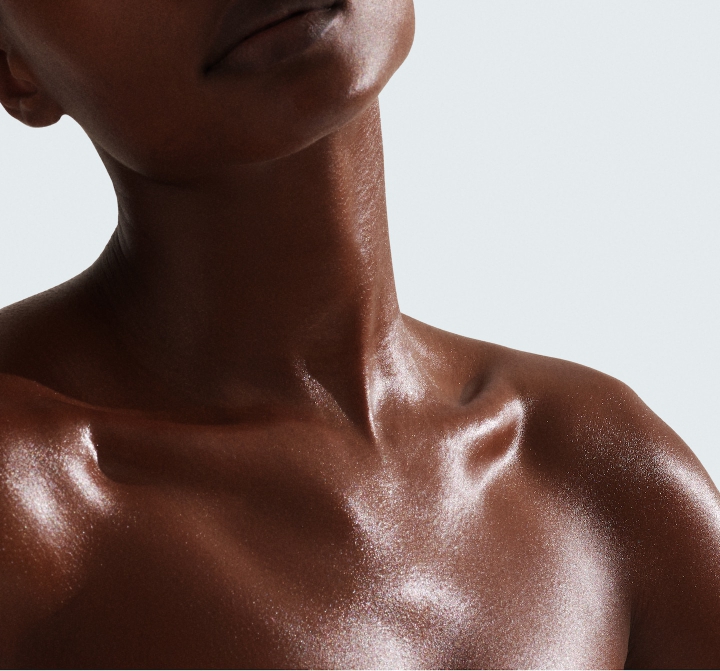
Body oils are lightweight, fast-absorbing oils that can be used to nourish and moisturize your skin. They’re perfect for hydrating dry skin, reducing inflammation, and even helping to improve the appearance of fine lines and wrinkles. If you struggle with a dry and dull skin, body oil should be a must-have in your routine.
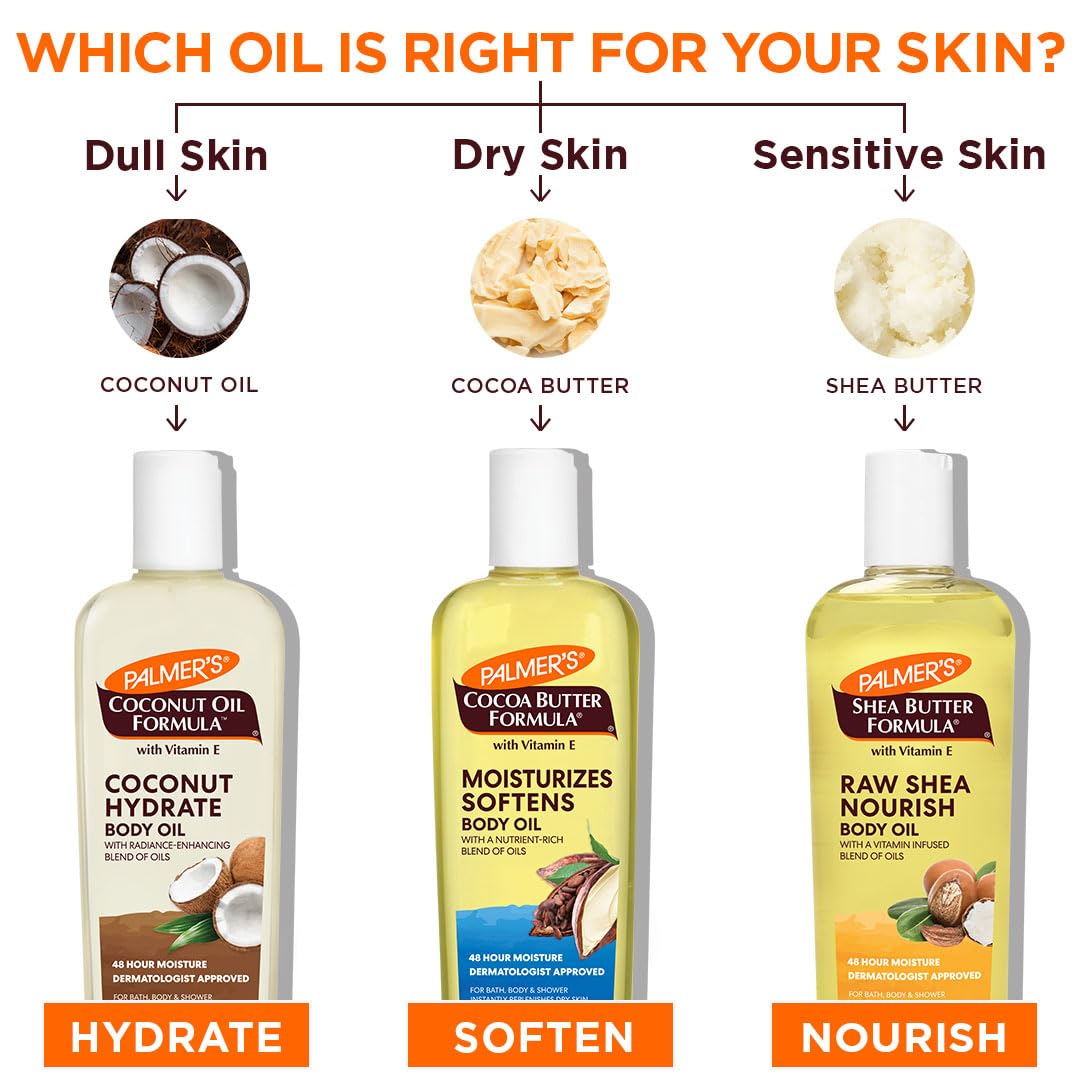
Image: Google
Benefits of Using Body Oils
Body oils offer several notable advantages for skin health. Below are a few of them:
Hydration: they play a significant role in maintaining skin hydration by forming a barrier that helps retain moisture, resulting in softer, more supple skin.
Nourishments: many body oils are rich in antioxidants, vitamins, and essential fatty acids, which contribute to the nourishment and protection of the skin
Improved skin texture: Consistent application of body oils can also improve skin texture, potentially reducing the appearance of fine lines and wrinkles and promoting a smoother, more radiant complexion.
How to Choose the Best Body Oil for Your Skin Type:
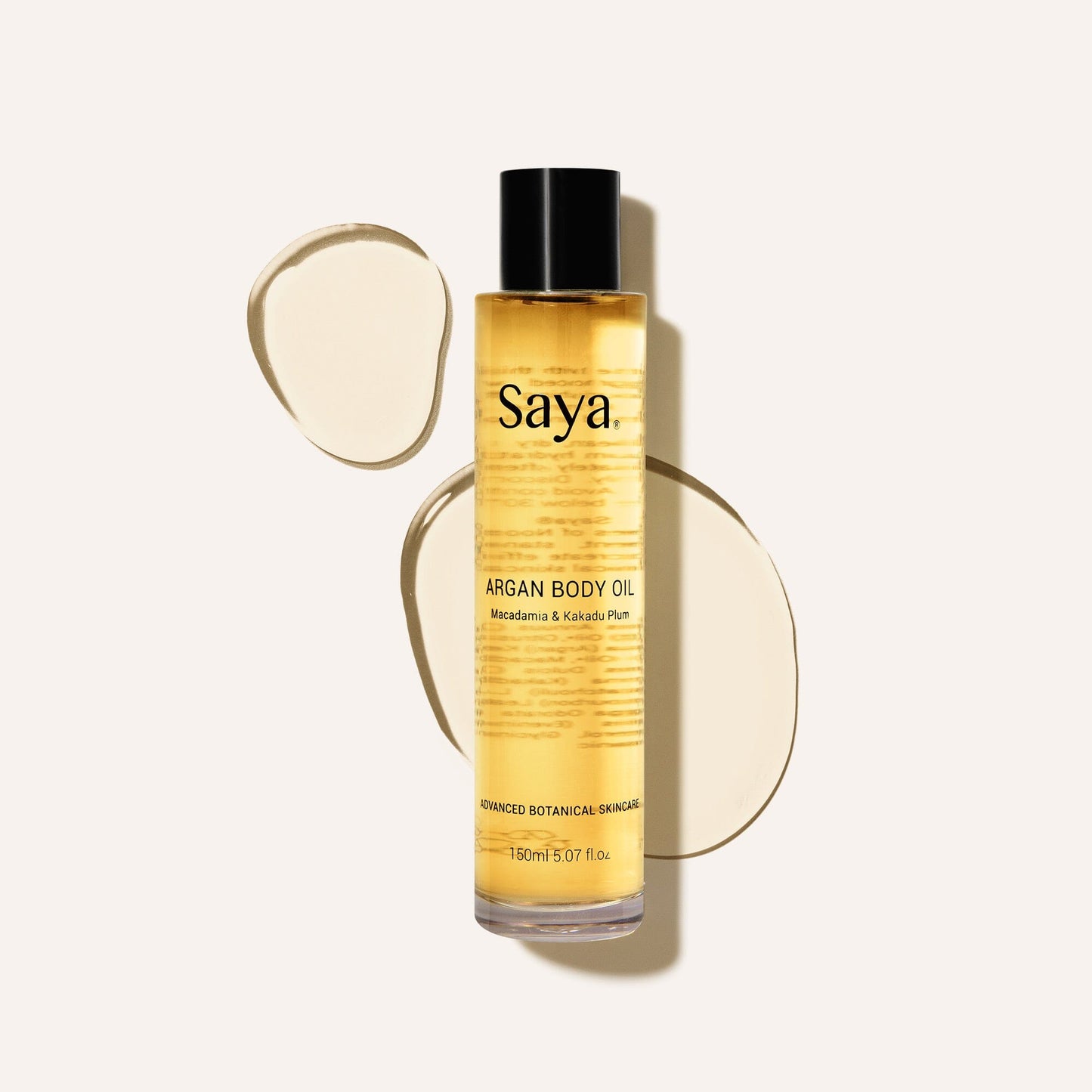
Image: Argan oil from Saya
Selecting an appropriate body oil depends largely on one’s skin type. Here are a few tips to help:
Dry skin: Look for oils with deeply moisturizing properties, such as coconut oil, shea butter, or argan oil.
Oily skin: For those with oily skin, lighter oils like jojoba or sweet almond oil are preferable, as they provide hydration without blocking pores.
Sensitive skin: choose fragrance-free and hypoallergenic options to minimize the risk of irritation.
Top Body Oil Choice for Your Body
Here are some of the best body oils for achieving a glowing complexion:
Argan oil: rich in antioxidant and essential fatty acid content. It helps to nourish and protect the skin.
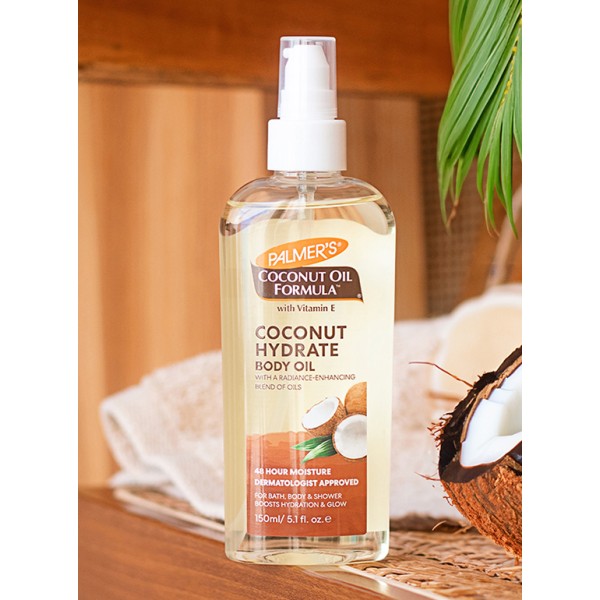
Image: Coconut body oil by Palmers
Coconut oil: recognized for its moisturizing and healing properties.
Jojoba oil: valued for its lightweight texture and rapid absorption.
Sweet almond oil: It is rich in vitamins and minerals that can help to nourish and soften your skin.
How to Use Body Oils

Image: Sweet almond body oil

Image: Jojoba body oil from Google
Applying body oils is a straightforward process, but there are some best practices that can maximize their benefits. First, it’s advisable to apply body oil immediately after showering while the skin remains damp. This timing helps to retain moisture more effectively.
When applying, gently massage the oil into your skin using circular motions. This method not only encourages absorption but can also support circulation and ease muscle tension—a small but beneficial addition to the routine.
For a more intensive treatment, consider applying a generous amount of oil and allowing it to sit on the skin for approximately thirty minutes before rinsing off. This approach can deliver deeper nourishment.
Body oils are a valuable addition to skincare routines. Their ability to hydrate, nourish, and improve skin texture is a game-change. Selecting an oil that suits your skin type and using it consistently will promote a healthier, and more radiant complexion.
Skin Care
How to Differentiate Between Glowing and Greasy Skin

In Nigeria, where the heat and humidity are ever-present, it’s easy to confuse natural radiance with excess oil. That soft, fresh look everyone admires can sometimes turn into an unwanted shine. Telling the difference goes beyond appearances; it shows you how to care for your skin properly.
What Healthy Skin Feels Like

Healthy, glowing skin looks bright without feeling heavy. It has a smooth texture, even tone, and a subtle, natural glow. When light hits it, your skin reflects gently rather than looking oily or wet. Most importantly, it feels comfortable, hydrated, and breathable, not sticky or weighed down. Simple habits like drinking enough water, eating a balanced diet, and using gentle skincare products often make this kind of skin possible.
How to Spot Greasy Skin

Greasy skin is caused by excess oil and usually shows up on the forehead, nose, and chin. Unlike natural brightness, this shine can feel oily to the touch and stay visible throughout the day. Enlarged pores or occasional breakouts often accompany it. Greasy skin is common in warmer climates; however, it can be managed with the right routine.
Quick Home Test

You don’t need fancy tools to check your skin. Press a clean tissue on your face for a few seconds. If it picks up noticeable oil, your skin is on the greasier side. If the tissue comes away mostly clean, your skin is likely healthy and glowing. Pay attention to how your skin feels too. Comfortable and soft usually signals a healthy glow, while sticky or heavy indicates oiliness.
Simple Skincare Adjustments

For a natural glow, focus on hydration. Lightweight moisturizers or aloe-based creams keep your skin soft without weighing it down. Gentle exfoliation can help remove dead skin and enhance brightness. If oiliness is a problem, try oil-free products and clay masks to control shine without drying out your skin.
With a little attention, it’s easy to tell radiant skin apart from greasy skin. It is even easier to keep your skin looking and feeling its best.
-

 Celebrity News5 months ago
Celebrity News5 months agoSophia Egbueje, Often imitated never duplicated!
-

 Psycho5 months ago
Psycho5 months agoThe Psychology of Spending: Why You Keep Buying Things You Don’t Really Need
-

 Food4 months ago
Food4 months agoSneaky Signs your Body Needs More Protein
-

 Beauty3 months ago
Beauty3 months agoIs There Anything Like Too Many Accessories?
-

 Sex & Relashionships5 months ago
Sex & Relashionships5 months agoSigns To Know It’s Time to Move On From Your Relationship
-

 Movies4 months ago
Movies4 months agoHijack ’93: The Forgotten Nigerian Hijack Now a Netflix Hit
-

 Sex & Relashionships4 months ago
Sex & Relashionships4 months agoSubtle Signs Your Partner Keeps Thinking About You
-

 Movies3 months ago
Movies3 months agoTrailer Review: Highest to Lowest
-

 Celebrity News3 months ago
Celebrity News3 months agoToke Makinwa Shares Graceful Pregnancy Reveal
-
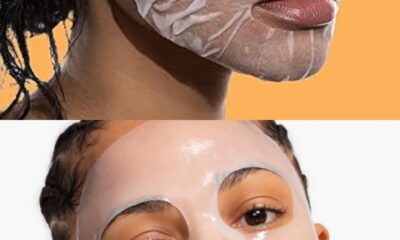
 Skin Care4 months ago
Skin Care4 months agoUnmasking The Truth: Do Face Masks Really Work?

















